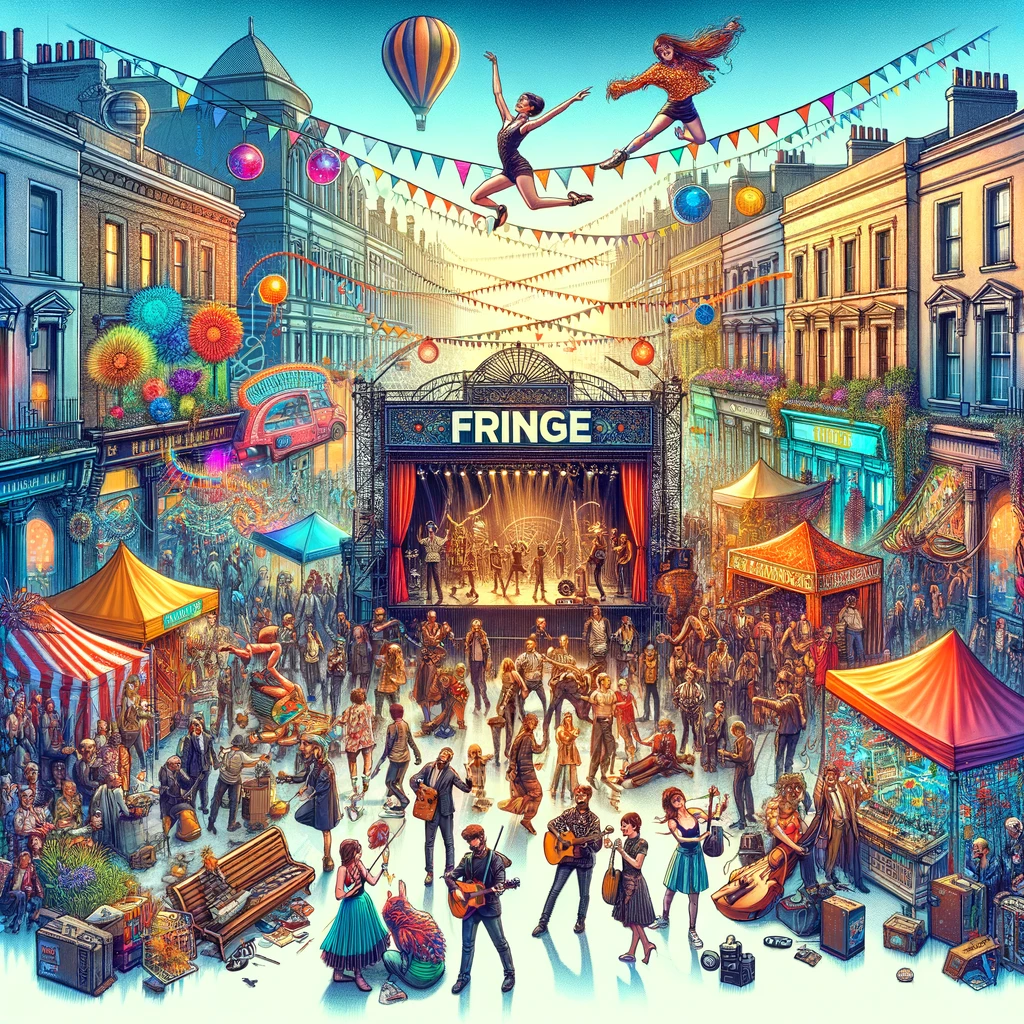Fringe Festivals are a global phenomenon, celebrated in numerous cities and countries around the world. Originating from the Edinburgh Festival Fringe, the world’s first and largest fringe festival, these events have become synonymous with innovation, creativity, and the avant-garde. Fringe Festivals provide a platform for artists and performers to showcase their talents in an environment that is free from the conventional restrictions of mainstream venues. Here, we delve into the essence of Fringe Festivals, exploring their history, significance, and what makes them a unique cultural experience.
The Origins of Fringe
The concept of the “fringe” festival began in 1947 in Edinburgh, Scotland, when eight theater groups showed up uninvited to perform at the inaugural Edinburgh International Festival. They chose to perform at alternative venues on the “fringe” of the festival, thus birthing the Edinburgh Festival Fringe. Since then, the fringe movement has grown exponentially, with festivals now held in cities across the globe, including Adelaide, Avignon, New York, and many others.
The Spirit of Fringe
The core ethos of Fringe Festivals is to offer an open-access platform for artists—anyone can perform, regardless of their professional or amateur status. This inclusivity fosters a diverse range of performances, from theater, comedy, and dance to music, visual arts, and unclassifiable forms of creative expression. The absence of a selection committee means that the festivals are a hotbed of creativity, where experimental and innovative works can find an audience.
Experiencing a Fringe Festival
Attending a Fringe Festival is an adventure in itself. Audiences can expect a wide array of performances, often occurring simultaneously in various venues throughout a city. From street performances and pop-up theaters to established stages, Fringe Festivals transform cities into vibrant hubs of artistic expression. The unpredictable nature of the performances means that audiences often stumble upon unexpected gems, making each Fringe experience unique and memorable.
The Impact of Fringe
Fringe Festivals have a significant impact on the local and global arts scene. They provide emerging artists with the opportunity to present their work, gain exposure, and develop their careers. Many now-famous performers and shows got their start at a fringe festival. Additionally, these festivals stimulate the local economy by attracting tourists, filling hotels, and increasing patronage at restaurants and bars.
The Future of Fringe
As the world becomes increasingly digital, Fringe Festivals are also exploring new platforms for performance. Online streaming, virtual reality experiences, and digital galleries are becoming part of the fringe experience, making the festivals accessible to a global audience. Despite these changes, the heart of Fringe remains the live, raw, and uncensored performance, celebrating the human capacity for creativity and innovation.
Conclusion
Fringe Festivals embody the spirit of artistic freedom and experimentation. They are a testament to the power of the arts to challenge, entertain, and inspire. Whether you’re an artist looking to break new ground or an audience member in search of something different, Fringe Festivals offer a world of discovery. By pushing the boundaries of conventional performance, they remind us of the endless possibilities of human creativity.
